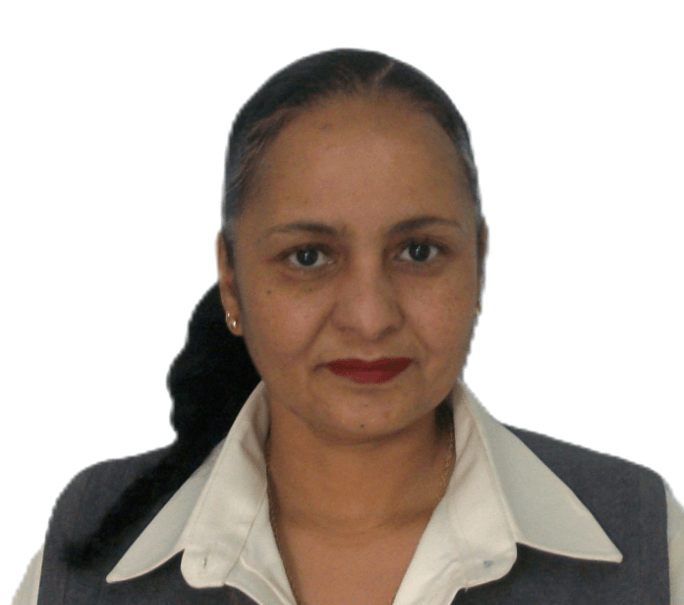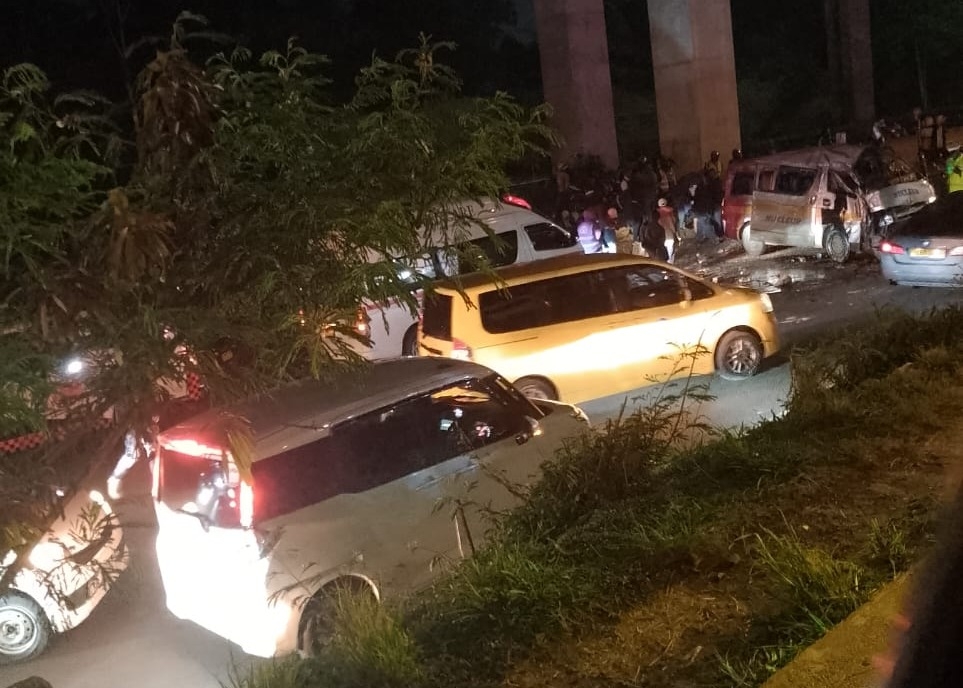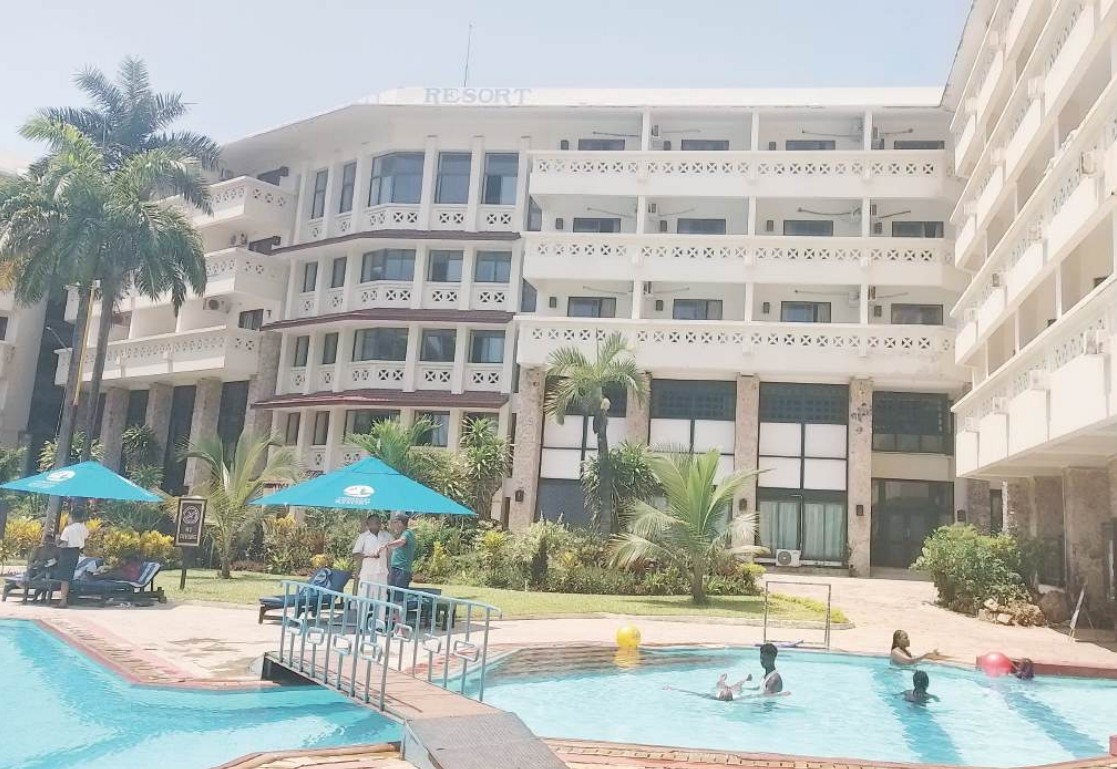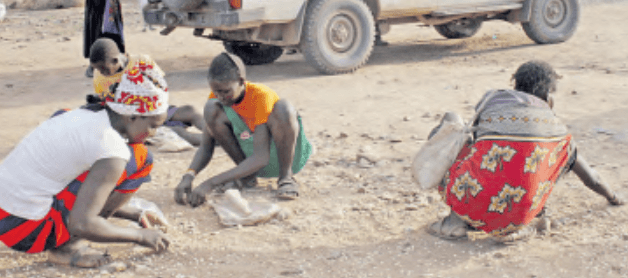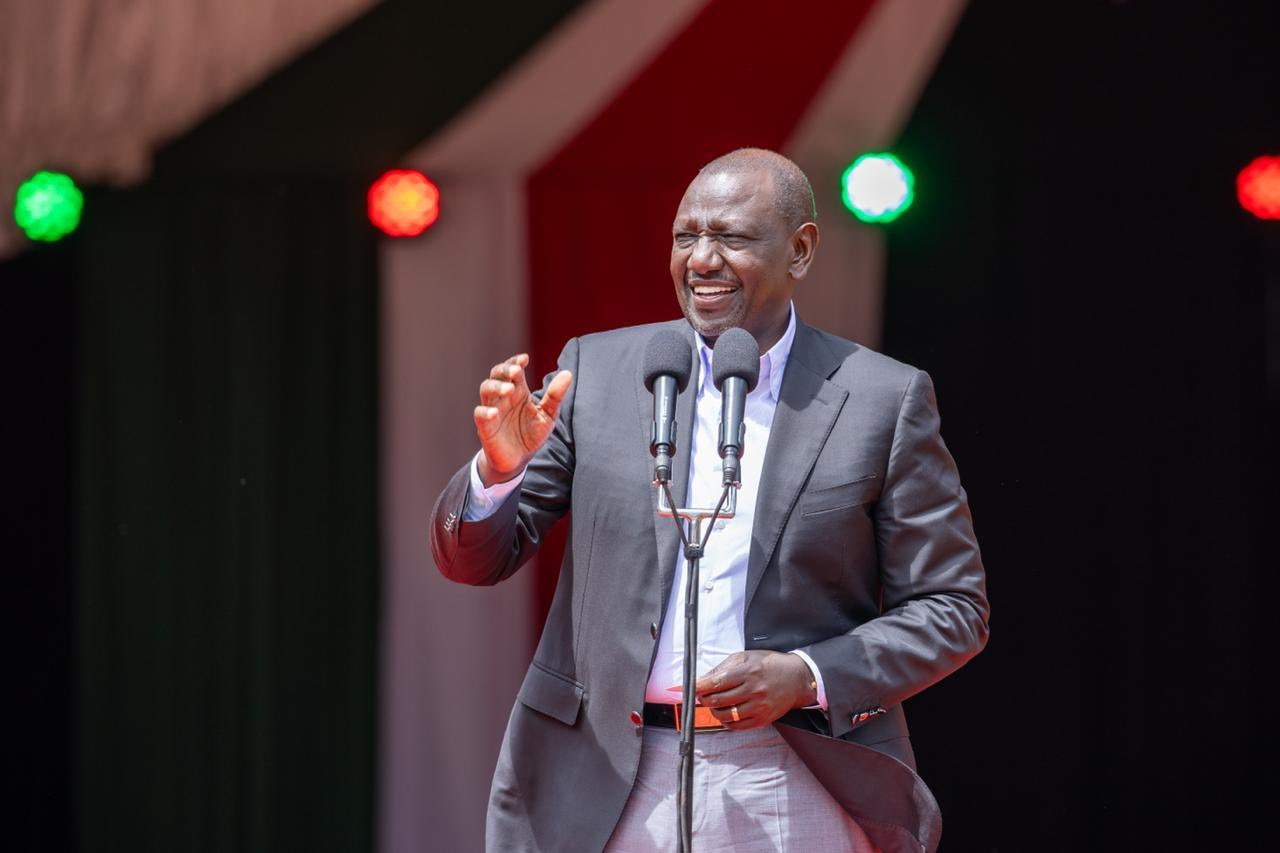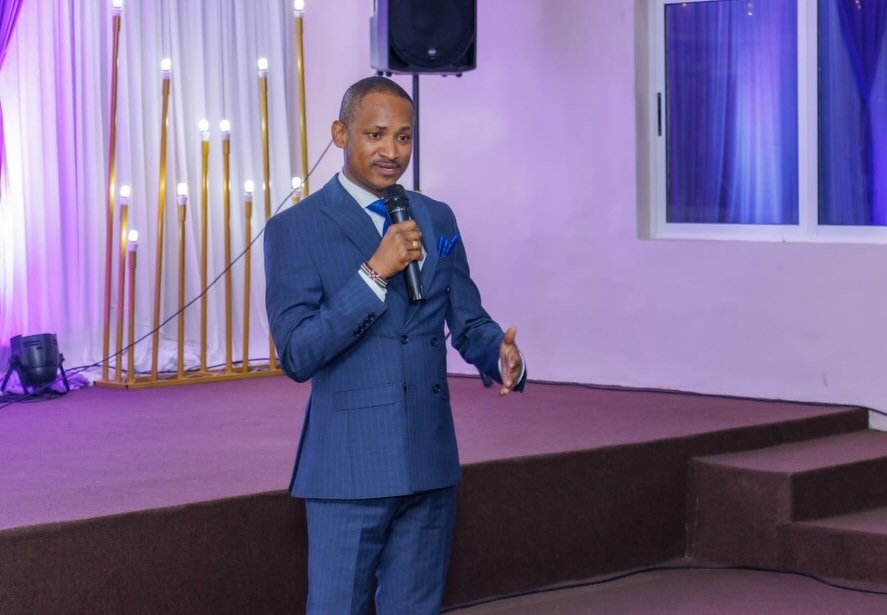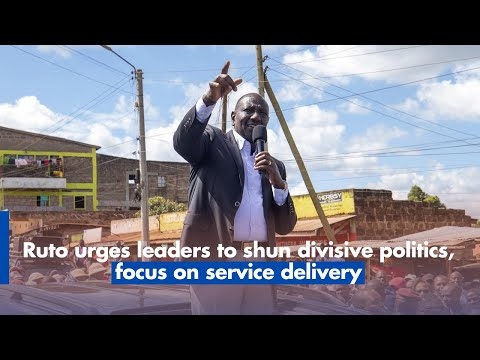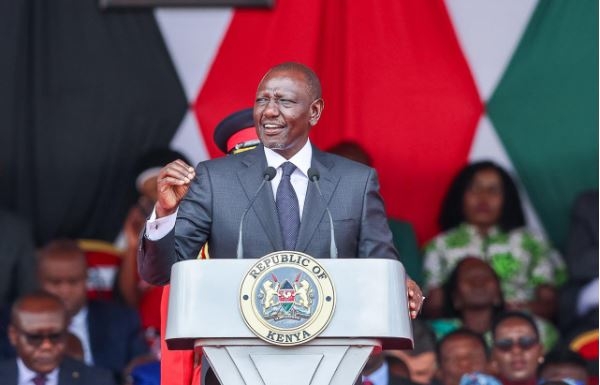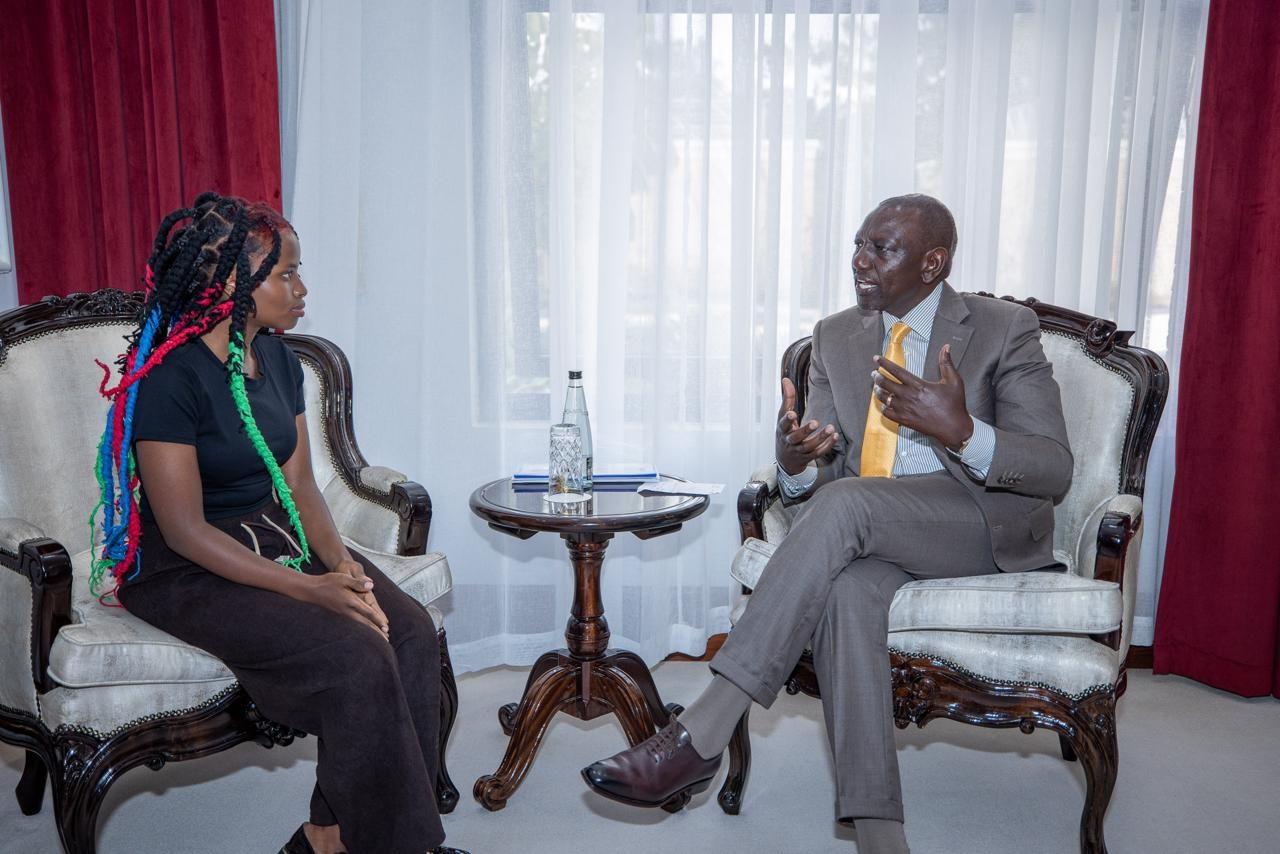
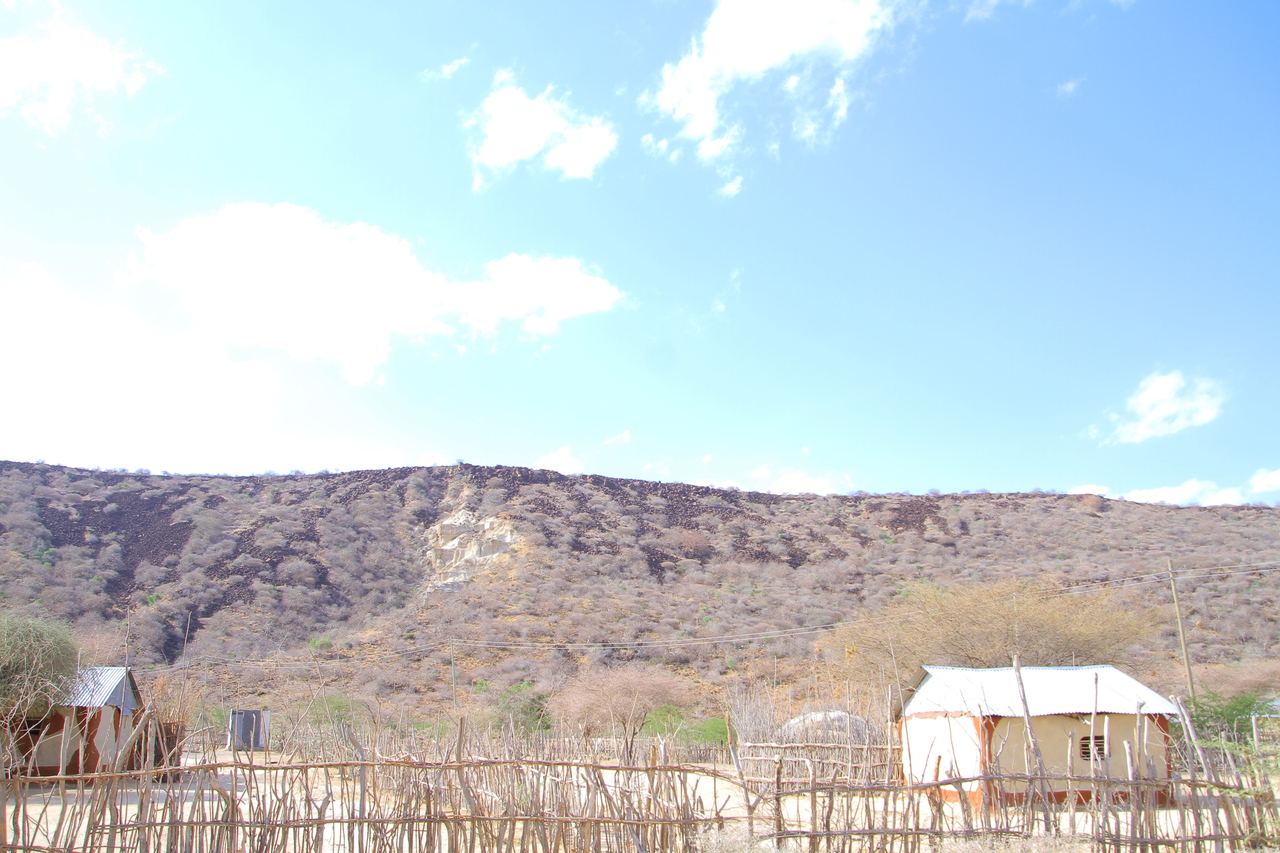 Merti Plateau in Isiolo county, which stands next to carbon credit projects / EZEKIEL AMINGA
Merti Plateau in Isiolo county, which stands next to carbon credit projects / EZEKIEL AMINGA
The journey to Merti is not easy. It takes three to four hours from Isiolo Town in a sturdy Land Cruiser, bouncing along dusty, unpaved roads that snake through endless plains.
The further one drives, the more the horizon stretches, the land seemingly unbroken except for the dramatic rise of the Merti Plateau.Thought to be volcanic in origin, the plateau rises nearly 500 feet above the surrounding.
From its summit, locals say the landscape appears boundless, a flat, barren expanse of silt and scattered red granitic outcrops, stretching westward all the way to Habaswein, a town in Wajir county.
To outsiders, it may seem desolate, but for the communities of Merti, Cherab and Chari, this is life, heritage and the very foundation of survival.It is here, in this remote and often overlooked corner of Kenya, that some of the most heated debates over land, carbon and conservation are unfolding.
Communities find themselves at the centre of a storm involving the Northern Rangelands Trust (NRT), carbon certifiers like Verra, corporate buyers such as Netflix and Meta, and now the courts of law.
At stake is not only who benefits from conservation and carbon markets but also who gets to decide the fate of these vast communal lands.In January this year, the Environment and Land Court issued a landmark ruling. Justices Oscar Angote, Charles Yano and Christopher Nzili declared that NRT had unlawfully established conservancies in Cherab and Chari wards, Isiolo county.
“There is no evidence that the Isiolo county government and the Ministry of Lands facilitated public participation,” they said.
This was in relation to the nature, extent, benefits and impacts of the establishment and running of wildlife community conservancies in unregistered community lands in the two wards.
The judges went further, noting the absence of even the most basic forms of consultation:
“There were no records showing meetings, press conferences, gazettement, briefing of village baraza and structured questionnaires concerning wildlife community conservancies in community land before October 2021, when the petition was filed.”
With no approvals from the relevant authorities, the court concluded that NRT’s operations were unconstitutional. A permanent injunction was issued barring the trust from running conservancies in the area.
The decision was, however, stayed in June by the Court of Appeal, allowing NRT to continue with operations.
The case had been brought forward by Abdirahman Osman and 164 other residents of Merti subcounty, who argued that their pastoralist rights were being undermined.
Their court victory, however, opened deeper questions within the communities themselves, about who speaks for them, what consent really means and how carbon finance should work in practice.
THE WEIGHT OF LAND
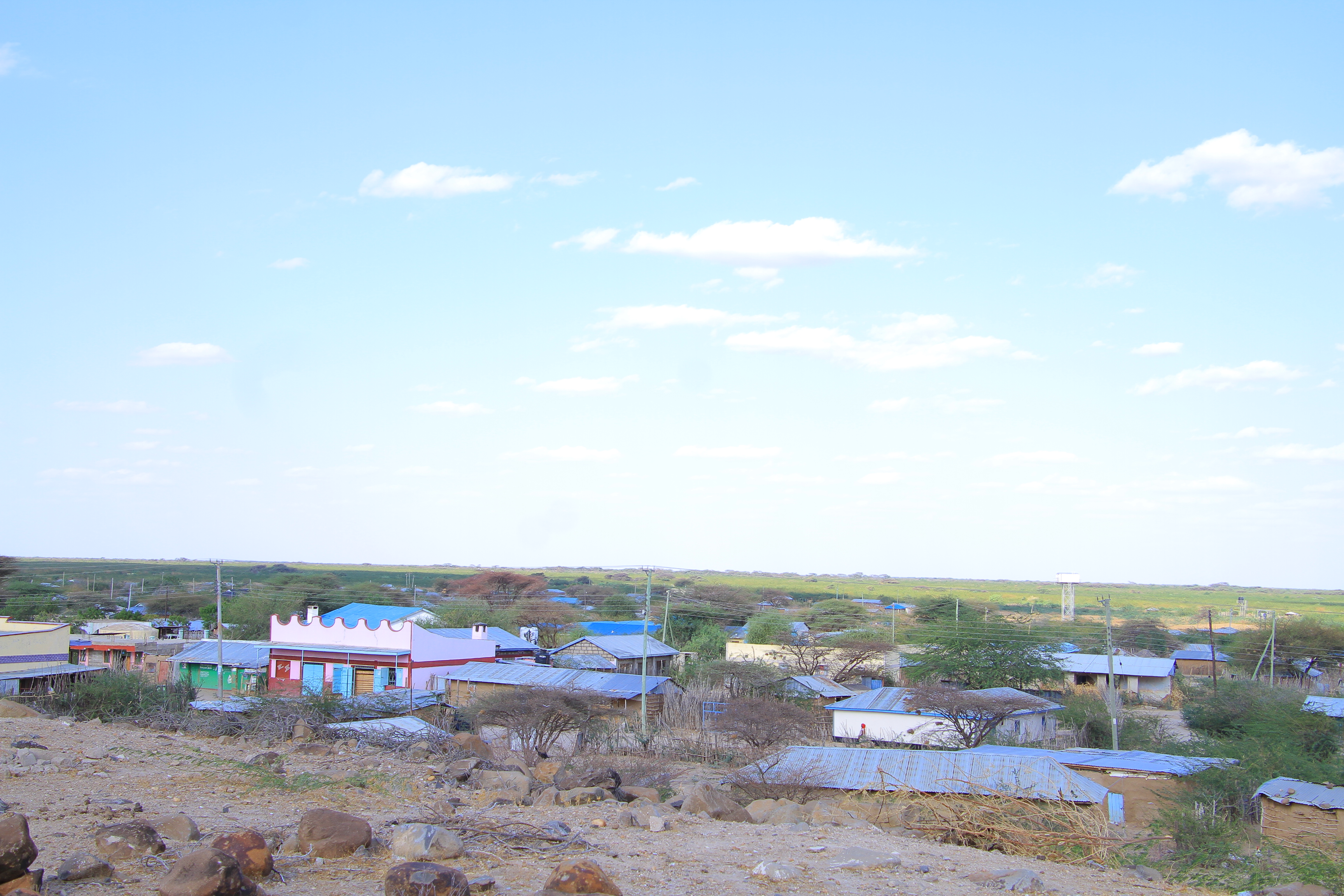
When I arrived in Merti Town, community members were eager to speak, each with their own perspective on the court case, the conservancies and the promise of carbon money.
At the heart of the matter is land, which, for pastoralists, means grazing, water and identity.
Roba Wako, chairman of the Cherab Dhedah Community Land, said the community’s biggest obstacle is legal ownership.
“We registered our land but we’ve hit a wall because getting a title deed requires money,” he said.
“We need a survey and demarcation, and that is why we appeal to the government and other stakeholders for assistance.”
Without that title, he said, the community feels exposed to encroachment from neighbours who graze on their land.
Cherab Dhedah spans about 9,000sq km, a vast space difficult to defend without legal recognition.
Roba acknowledged that the community had once embraced the conservancy idea, with vehicles and jobs for locals rolled out.But a section of community members felt disgruntled by the model.
“Some members rushed to court and the conservancy rollout stalled,” he said.
“Divisions remain sharp, with one location, Mata Arba, rejecting the deal entirely, while others were willing to proceed.”
Kenya Land Alliance (KLA) CEO Faith Alubbe, a lawyer specialising in community land, said the challenge Roba describes is both legal and structural.
“The Community Land Act of 2016 was a landmark, but it’s expensive to implement,” she said.
“Communities must identify members, elect a management committee, create a sketch plan and have the Ministry of Lands verify everything before a title deed is issued.
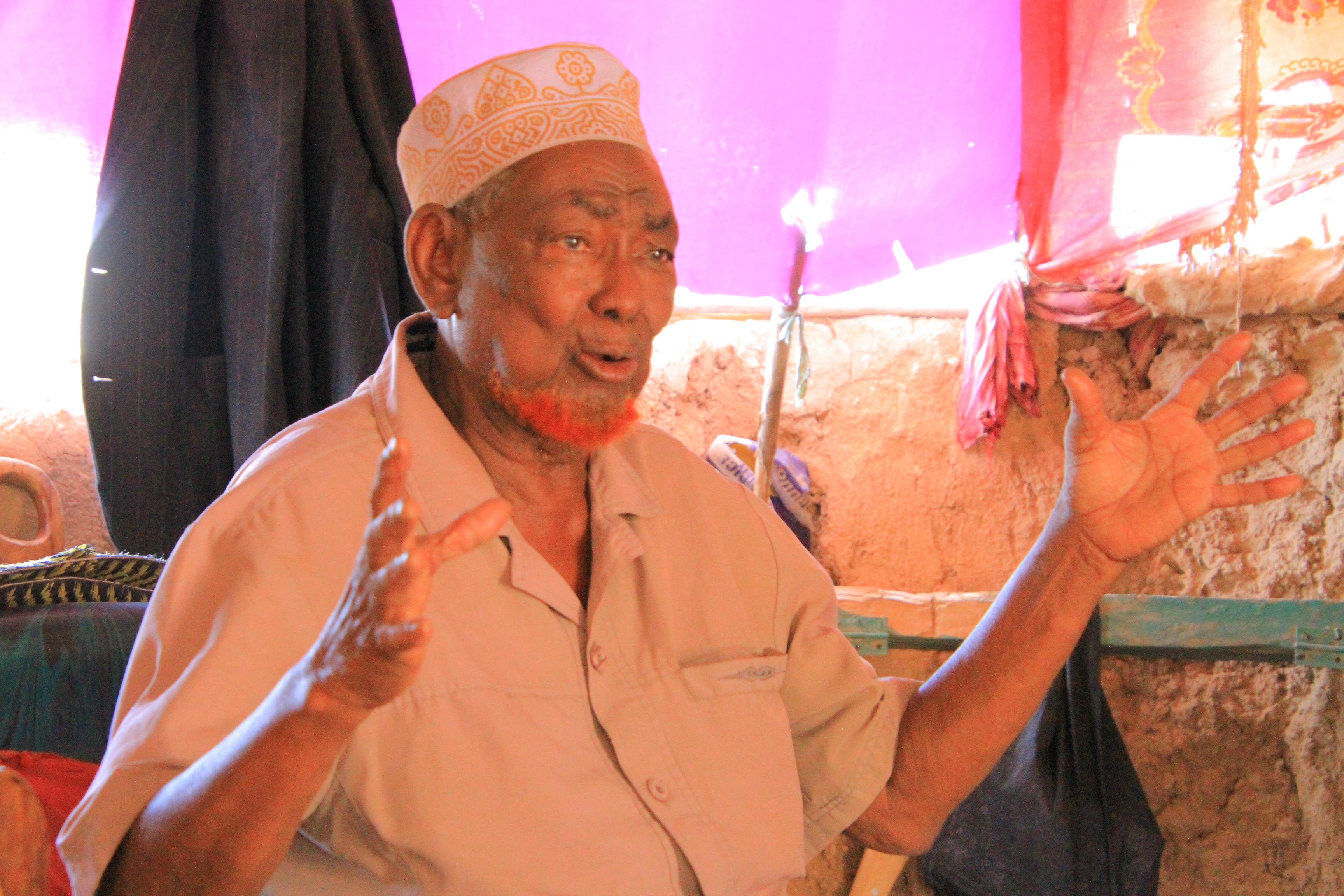
“Without financing, these steps stall, and without a title deed, communities have no legal standing to defend or negotiate over their land.”
She added that registration also requires inclusivity.
“If women or youth are excluded from the process, the entire registration can be invalidated. It’s not just a bureaucratic issue, it’s a constitutional one,” she said.
Namati Kenya, an organisation that has worked with the Grassroots Justice Network for more than a decade to advance land and environmental justice, agrees that registration is a hurdle.
“The growth of carbon offsets in Kenya has not coincided with recognition and registration of community land,” Namati senior programmes manager David Arach said.
He added that the implementation of the Community Land Act, which protects community land and outlines their registration, has been slow.
“As of today, less than 10 per cent of communities have acquired title deeds,” he said.
“A community without a title deed is more vulnerable to unscrupulous investors and projects. The Ministry of Lands and respective county governments have the power to expedite registration.”
FRUSTRATION OVER DELAYS
For some residents, the legal back-and-forth feels like a lost opportunity.
Merti South location chairman Dida Diba said the community has been left stranded.
“Our youths got jobs but they cannot get anything because the conservancy stalled,” he said.
“The vehicles for the projects are wasting away. We would have been very far were it not for the court case because we would have gotten the carbon money by now.”
For Diba, encroachment from neighbours has only worsened as registration drags on.
“Let the court cases be resolved so we can continue with our projects,” he said.
Alubbe from KLA called for caution. While communities are eager to benefit from carbon projects, legal clarity is crucial before any agreement is signed, she said.
“If a community does not have a registered title, they legally cannot enter into binding contracts. It exposes both sides, the brokers and the communities, to risk, because there’s no enforceable ownership,” she said.
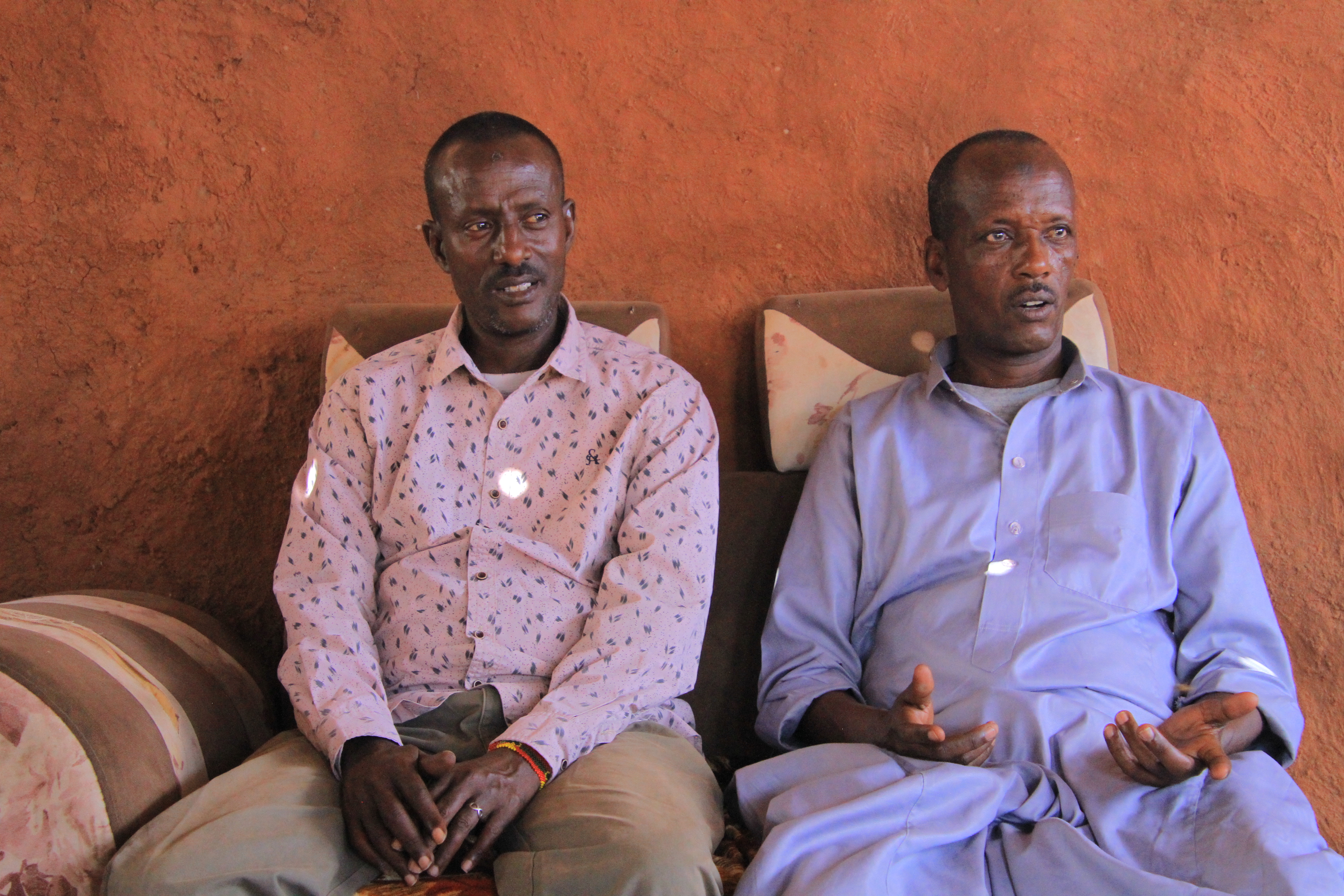
“Counties hold unregistered land in trust. That means any deal made before registration is technically voidable.”
Not all elders oppose conservancies outright. Some say much of the fear came from poor communication.
Ndenge Dida, a peace committee member in Merti, said people initially believed conservancies meant fencing off their grazing land.
“That misconception created resistance,” he said.
“If it had been clarified well, the opposition would have been less.”
Ndenge argued that conservancies bring tangible benefits. He pointed to Laikipia, where he had witnessed projects firsthand.
“We had vehicles, and some of our sons and daughters were set for employment. But all that has stalled,” he said.
“We were told that carbon projects would reward communities for preserving their trees and lands. The message was: if we don’t embrace carbon, others will benefit while we are left behind.”
For women like Hawa Gababa, a member of the Community Land Management Committee (CLMC) in Merti, carbon money represents hope.“Carbon has money,” she said plainly.
“It can help us complete land surveys, process mapping and eventually secure our title deed. It also means jobs for our children.”
She stressed that without revenue from projects, even registering land becomes an unaffordable burden for the community.
Alubbe from KLA, however, argues that Hawa’s optimism captures why communities often enter into deals without a full understanding.
“There’s a disconnect between economic hope and legal literacy,” Alubbe said.
“Public participation in such cases is often procedural rather than meaningful. The law requires at least two-thirds of all adult members to approve a project, but most of the time, only a small section attends meetings while the rest remain unaware. That gap leads to disputes later.”
THE CHARI EXPERIENCE
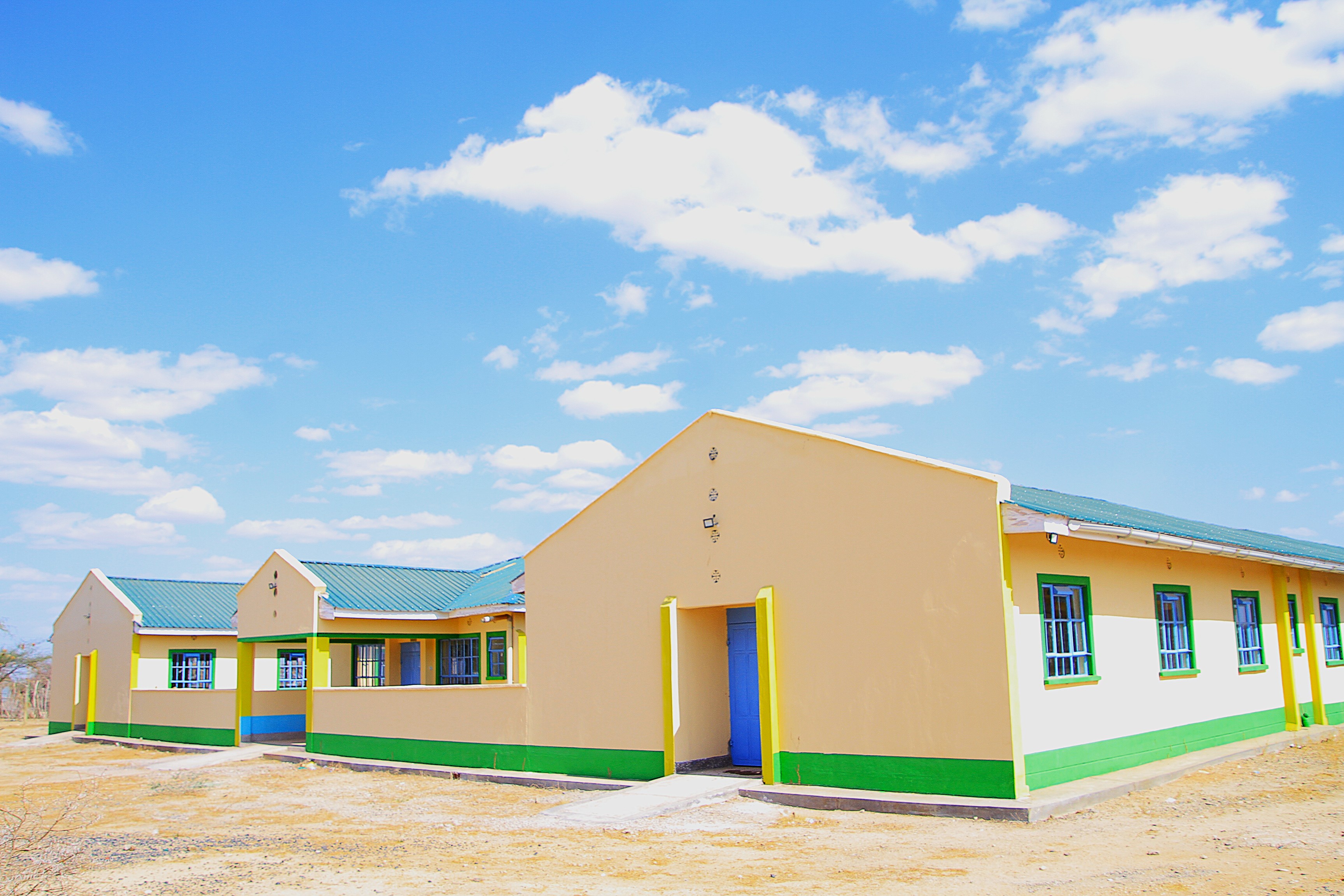
Across the county in Chari ward, communities have already seen what carbon finance can deliver.
Elder Abdirashid Hussein outlined how funds from the Biliqo-Bulesa conservancy were distributed: Sh36 million in 2021 alone, with money spent on grazing, security, bursaries and development projects, such as schools and boreholes.
“Carbon credit has been of great help,” he said.
“We bought a Land Cruiser, which is used for medical emergencies and other social work. We also invested in water projects and supported schools by building houses for teachers who were struggling with accommodation.”
Still, he admitted transparency was lacking.
“We don’t know how much carbon is sold. The broker comes, tells us the amount and we accept because we have no way of verifying,” he said.
In Damaadho, CLMC (Community Land Management Committee) representative Hassan Sime reiterated the gains and the gaps.The carbon funds built a junior secondary classroom, drilled a borehole and even bought relief food during droughts.
“The only thing I would appreciate is knowing how much my carbon credit costs in the real market. It should be transparent. We just want to know the real amounts being sold,” he said.
CLMC vice chair Adan Mohamed highlighted bursaries, hospital facilities, cash transfers and schools as key benefits of carbon credit projects.
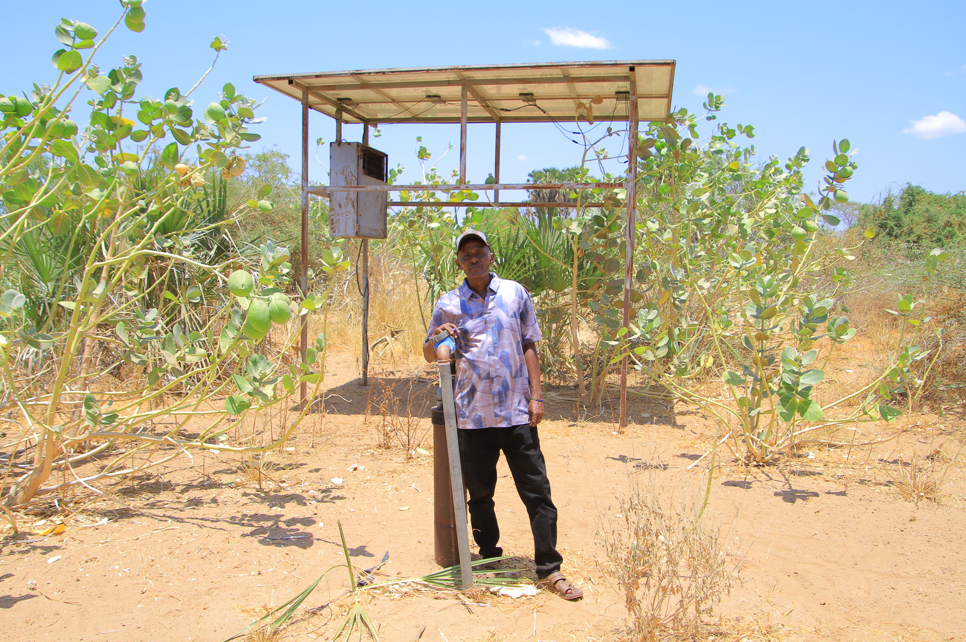
“Saying that carbon is causing insecurity is a lie because we can count the massive developments we have achieved from the carbon money,” he said.
Elder Wako Wada from Biliko compared carbon money to government allocations.
“From the carbon project, we have seen a massive transformation of our lives, and that is why we say carbon is our government,” he said.
“The problem was a conflict of interest. Those who sued were not even from Chari. However, we would like to know the exact amount that comes from the sale.”
Alubbe from KLA said the transparency question cuts across all carbon projects on community land since many of the contracts are rarely negotiated by lawyers representing the communities.
“They are drafted by project developers and presented to community committees who may not understand the implications,” she said.
“Even when they receive tens of millions, it’s hard to know what percentage that is of the total carbon value sold internationally.
“Until benefit-sharing frameworks are clear and transparent, the potential for exploitation remains high.”


